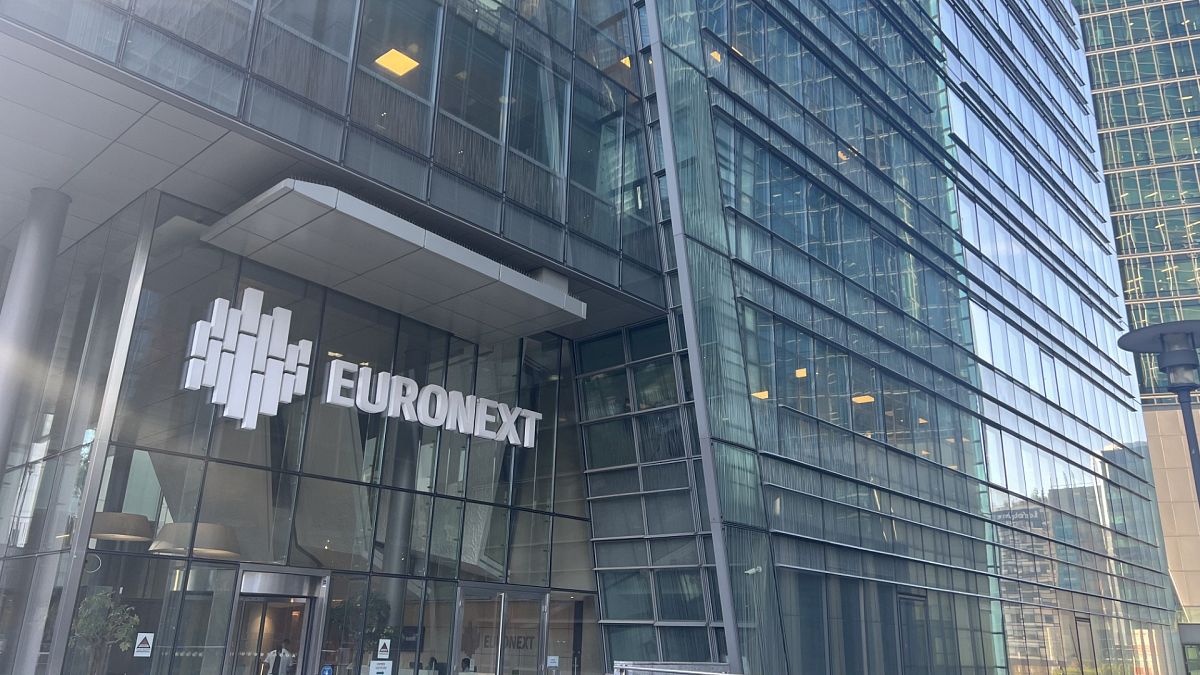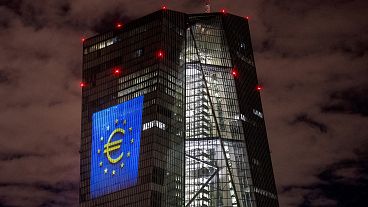Historically, European stocks have reacted positively to Fed rate cuts, especially when not linked to a recession. However, during recessions, market performance is volatile. The 2020 pandemic cut was an outlier, with stocks surging due to unprecedented global stimulus.
September 2024 marks the beginning of a new interest-rate-cutting cycle by the Federal Reserve, more than four years after the US central bank last reduced the cost of borrowing.
Historically, rate cuts by the Fed have had a significant impact on global markets, influencing not only US equities but also European stocks.
Investors typically view rate cuts as a positive catalyst for assets like equities, as lower borrowing costs can encourage companies to invest and expand. They are also traditionally beneficial for bonds and real estate, with the latter potentially gaining from increased demand for mortgages.
The historical reaction of European stock markets to Fed rate cuts has generally been positive, as shown in the analysis below. However, a crucial factor is whether these cuts were triggered by recessionary conditions in the United States.
Historical performance of Euro Stoxx 50 after the start of Fed rate cuts
The historical performance of the Euro Stoxx 50 – the index tracking 50 blue-chip companies in the eurozone – following the Fed's first rate cut presents a mixed picture, heavily influenced by whether the US was in a recession at the time.
On average, including both recessionary and non-recessionary episodes, the Euro Stoxx 50 registered modest gains in the short-term, increasing by 0.4% one month after the rate cut, 3.8% after three months, and 5% after six months.
When the Fed cut rates outside of a recession, European stocks tended to perform more robustly. Although the Euro Stoxx 50 declined by 1.0% one month after the cut, it subsequently showed significant strength, rising by 8.3% after three months and 12.2% after six months. This suggests that rate cuts in a stable economic environment are often interpreted positively, signalling lower borrowing costs and potential economic expansion.
In contrast, when rate cuts took place during or ahead of imminent recessions, the Euro Stoxx 50's reaction was more volatile and subdued.
On average, the index rose by 2.3% one month after the cut but fell by 2.9% after three months and 5.9% after six months.
However, excluding the extraordinary recessionary episode of the COVID-19 pandemic, the market impact becomes even more pronounced, with the index declining by 1.2% after one month, 11.0% after three months, and 17.5% after six months.
Key episodes of Fed's first rate cuts and Euro Stoxx 50 performance
Several historical episodes offer insights into how European stocks have responded to the Fed's monetary policy shifts:
1990 recession (July 13, 1990): Following the Fed's rate cut amidst a recession, the Euro Stoxx 50 suffered significant losses, falling by 7.4% one month later, 20.5% after three months, and 27.0% after six months. This period was characterised by a global economic slowdown and the Gulf War, which contributed to market uncertainty and a severe sell-off in stocks.
2007 recession (September 18, 2007): As the global financial crisis unfolded, the Fed began cutting rates to alleviate the economic downturn. The Euro Stoxx 50 initially rose by 3.7% one month post-cut but subsequently declined by 16.6% over six months. The deepening financial crisis and banking sector turmoil led to widespread market panic and substantial declines in equity markets.
2019 non-recessionary cut (July 30, 2019): In 2019, the Fed cut rates amidst concerns about slowing global growth, trade tensions, and subdued inflation, though not a recession. The Euro Stoxx 50 responded with relative stability, posting a modest 1.0% decline one month later, followed by gains of 4.6% and 6.6% at the three- and six-month marks, respectively. This stability reflected a more favourable economic environment, where rate cuts were perceived as preemptive rather than reactive.
2020 pandemic recession (March 15, 2020): The most extraordinary episode occurred in March 2020 when the Fed enacted an emergency rate cut in response to the COVID-19 pandemic, which triggered a global economic shutdown. Despite the recession, the Euro Stoxx 50 soared, gaining 12.8% after one month, 21.3% after three months, and 28.9% after six months.
This remarkable surge was driven by an unprecedented wave of monetary and fiscal stimulus from central banks and governments worldwide. These interventions helped stabilise markets and fuelled a swift rebound in risk assets, resulting in a brief recession from February to April 2020.
What to expect post-September 2024 rate cut?
Given the historical context, the Euro Stoxx 50's reaction to the upcoming Fed rate cut will likely depend on various factors, including underlying economic conditions, investor sentiment, and policy responses.
If the rate cut occurs in a non-recessionary environment, history suggests the potential for moderate gains in European equities over the medium term.
However, if the cut is perceived as a response to mounting economic troubles, markets could face volatility and uncertainty.
The exceptional case of 2020 serves as a reminder that central bank actions, particularly during times of crisis, can have outsized impacts on market behaviour.
The unprecedented scale of stimulus deployed during the pandemic catalysed exceptional growth in equity markets worldwide in the months following the March 2020 lockdowns. However, that episode remains the exception rather than the norm.















